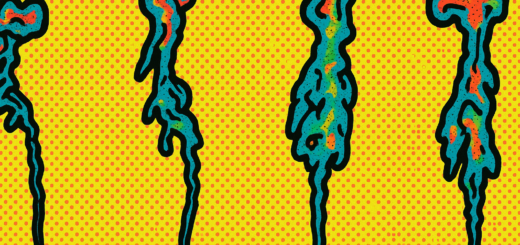New preprint on common response modules triggered by fungi in their host plants

We asked the question whether co-evolution of plants and fungi in similar arid environments would trigger the same responses in infected host plants. In case you are interested in the answer and the underlying mechanism, have a look at our latest #preprint out in @researchsquare on the induction of a common fungus-triggered drought stress response module in tomato plants:
González Ortega-Villaizán A. et al. 2024 ResearchSquare
Synopsis:
Global climate change exacerbates abiotic stresses, as drought, heat, and salt stresses are anticipated to increase significantly in the coming years. Plants coexist with a diverse range of microorganisms. Multiple inter-organismic relationships are known to confer benefits to plants, including growth promotion and enhanced tolerance to abiotic stresses. In this study, we investigated the mutualistic interactions between 3 fungal endophytes originally isolated from distinct arid environments and an agronomically relevant crop, Solanum lycopersicum. We demonstrated a significant increase in shoot biomass under drought conditions in co-cultivation with Penicillium chrysogenum isolated from Antarctica, Penicillium minioluteum isolated from the Atacama Desert, Chile, and Serendipita indica isolated from the Thar Desert, India. To elucidate plant gene modules commonly induced by the different endophytes that could explain the observed drought tolerance effect in tomato, a comprehensive transcriptomics analysis was conducted. This analysis led to the identification of a shared gene module in the fungus-infected tomato plants. Within this module, gene network analysis enabled us to identify genes related to abscisic acid (ABA) signaling, ABA transport, auxin signaling, ion homeostasis, proline biosynthesis, and jasmonic acid signaling, providing insights into the molecular basis of drought tolerance commonly mediated by fungal endophytes. Our findings highlight a conserved response in the mutualistic interactions between endophytic fungi isolated from unrelated environments and tomato roots, resulting in improved shoot biomass production under drought stress.

